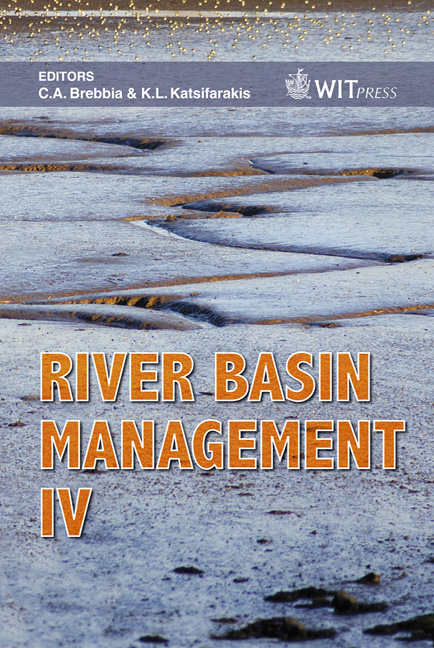Remedial Works Against Debris Flows After Floods In The State Of Vargas, Venezuela
Price
Free (open access)
Transaction
Volume
104
Pages
9
Published
2007
Size
1112 kb
Paper DOI
10.2495/RM070131
Copyright
WIT Press
Author(s)
P. Di Pietro, G. Morassutti & G. Fracassi
Abstract
The catastrophic torrential events occurred in the State of Vargas, on December 15th and 16th, 1999, resulted in one of the most important disasters of the 20th century in Venezuela. The extraordinary high magnitude of such weather events caused vast areas to collapse with devastating debris flows in several watersheds. The scope of this work is to present the experience of Corpovargas (Corporación para la Recuperación y Desarrollo del Estado Vargas), in the years 2002 and 2003 in the State of Vargas and to provide useful guidance for other similar cases. 1 Background Risk minimization and control structures in the water courses of the State of Vargas, were subject to a first assessment in the year 2000. The design criteria used were again reviewed in 2002, to verify the validity of the initial assumptions. Among the design alternatives considered for the mid reaches of the watersheds, the choice was made to use silt retention gabion weirs, due to a) their cost effectiveness, b) large availability of rock material on site, c) possibility to create job opportunities necessary to the economic re-growth of the region [1] and finally, d) the fact that the construction of gabion works does not require specialized labor or equipment. Based on these requirements, the works involved two types of control structures: selective weirs to catch the large debris allowing fine sediments to flow through, and closed weirs to retain the fines. The need to retain sediments
Keywords





